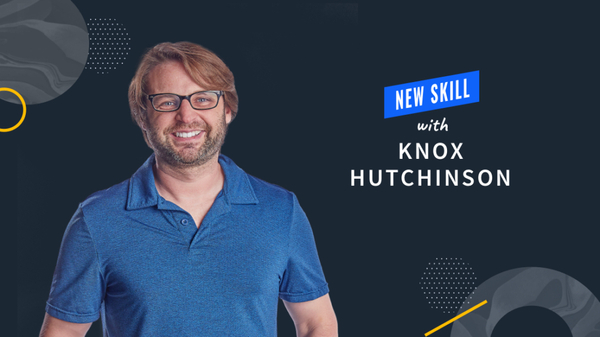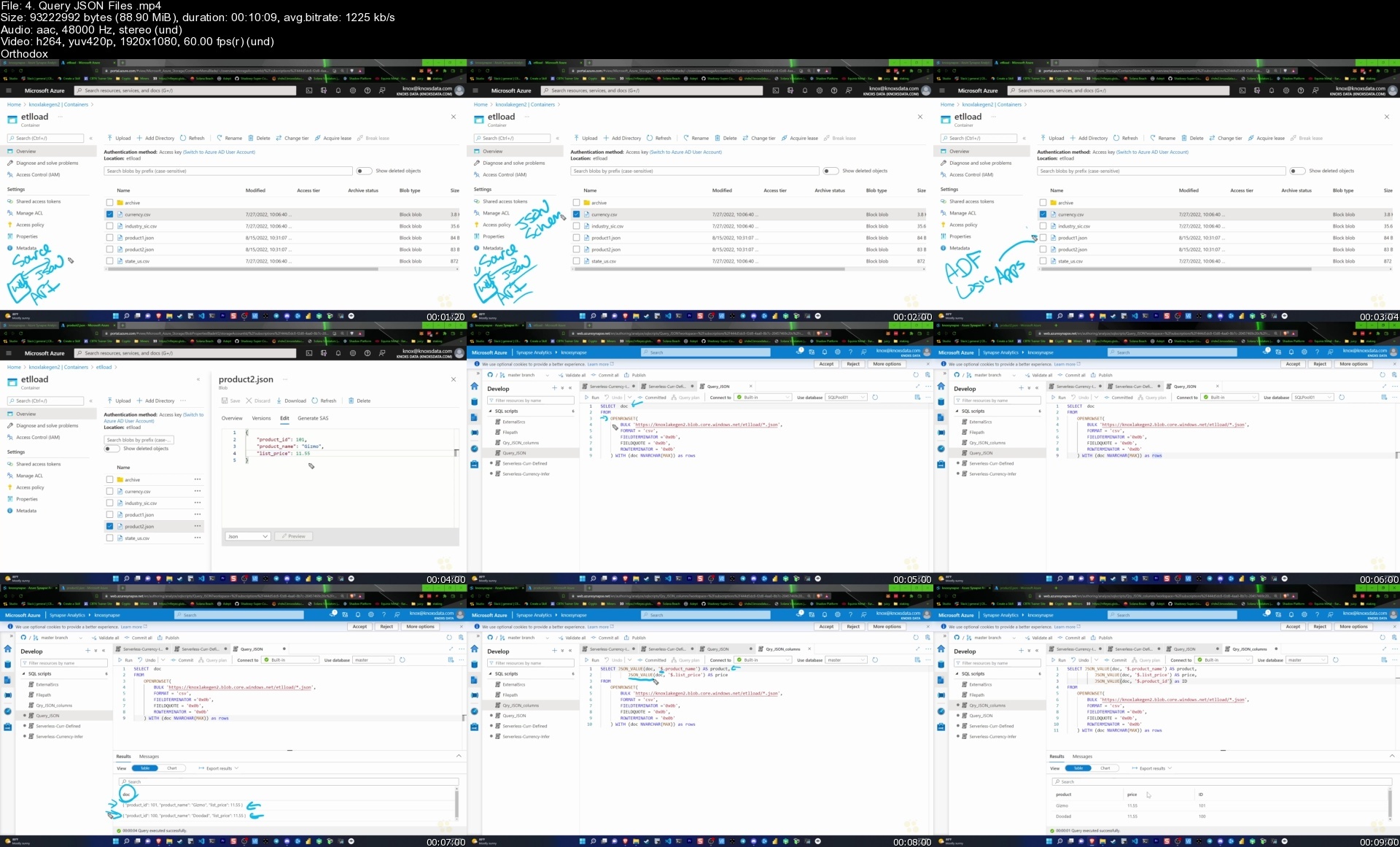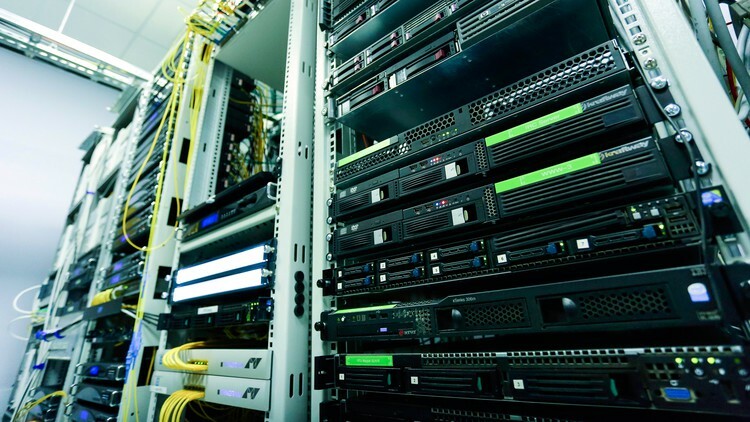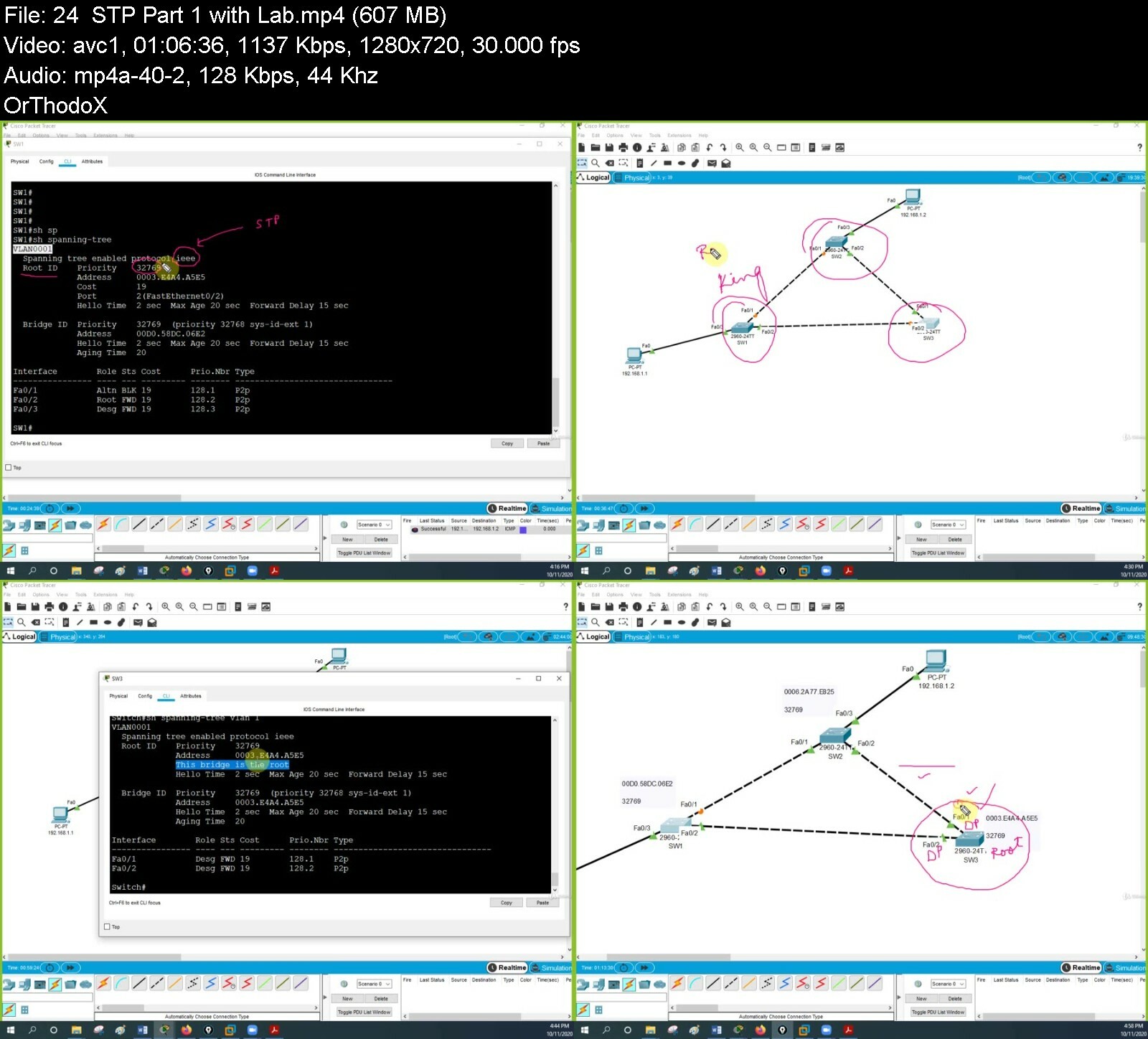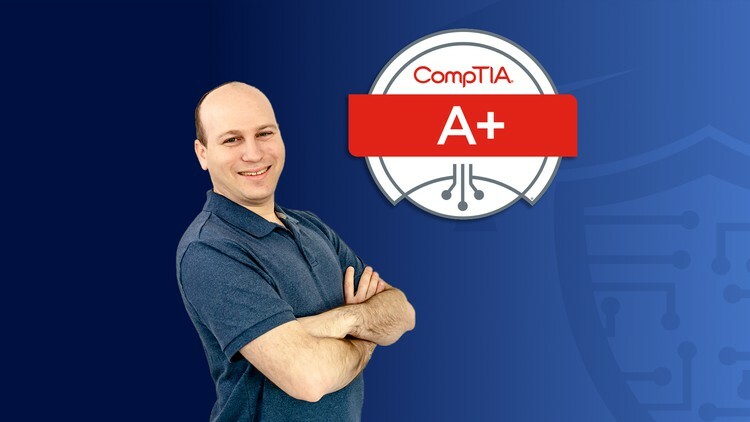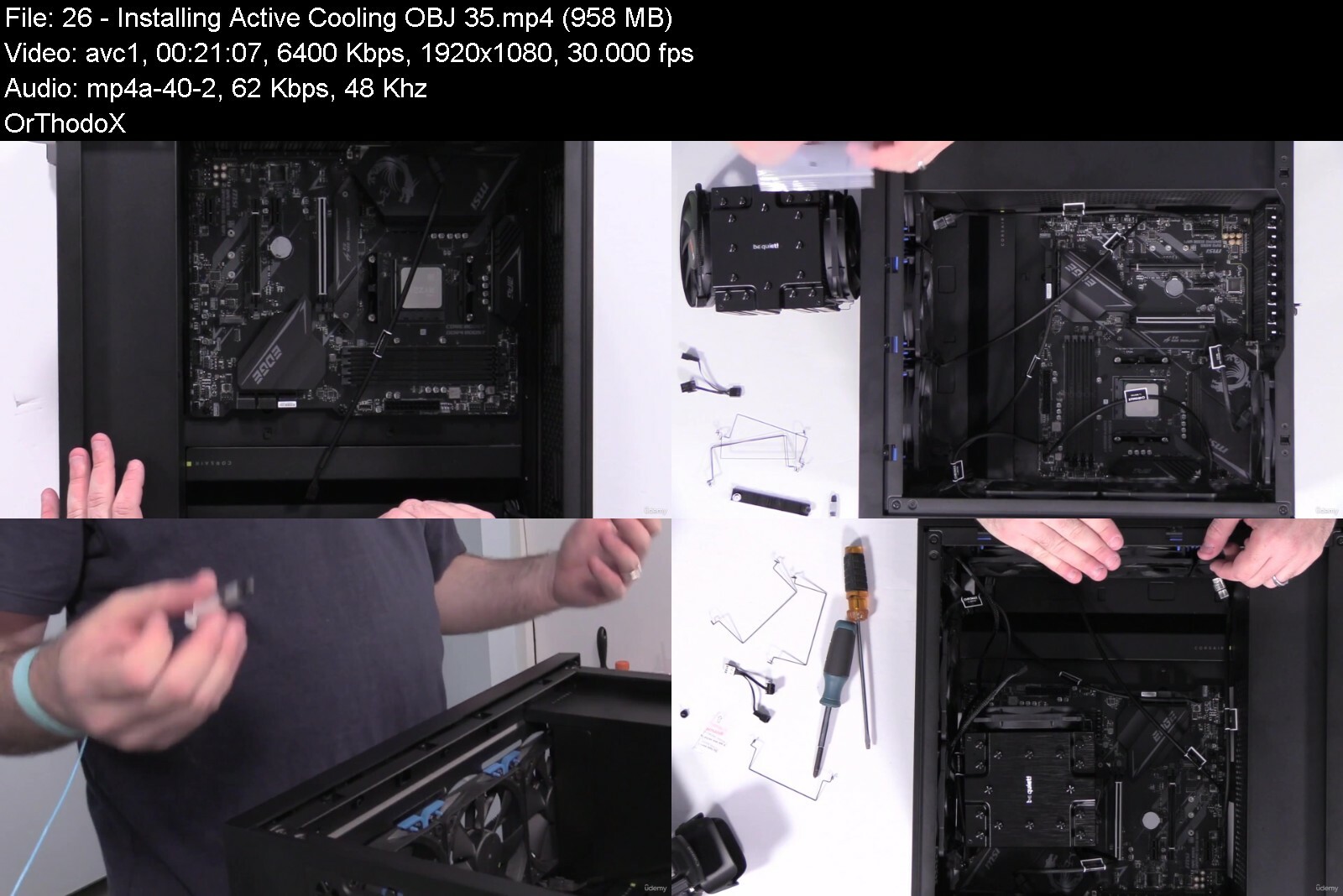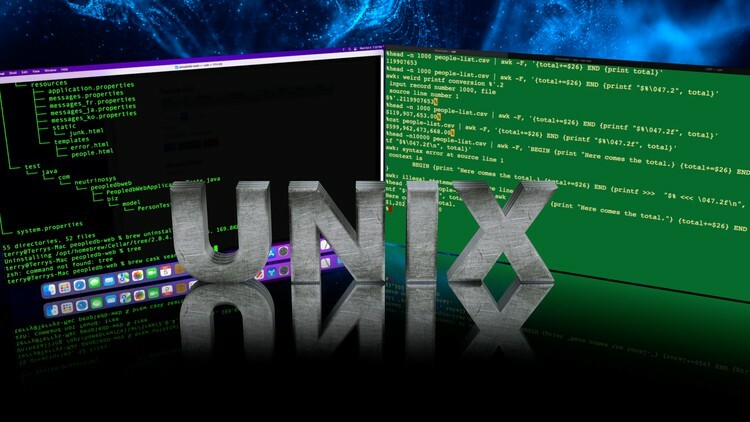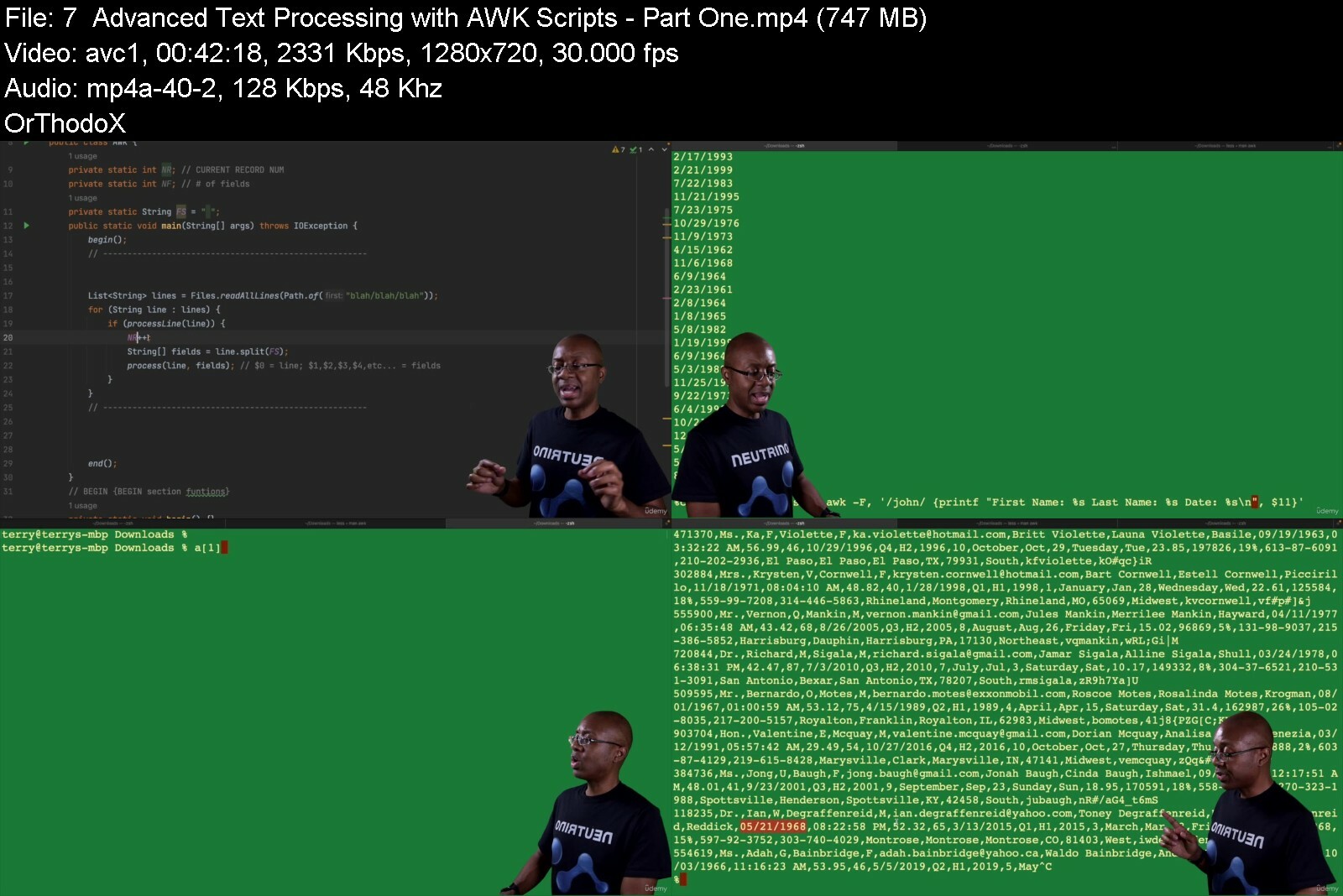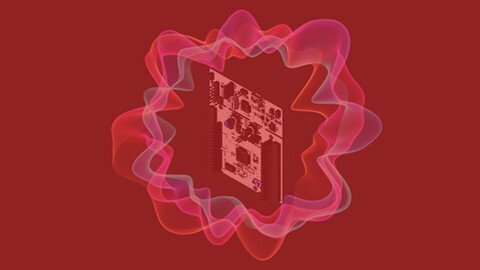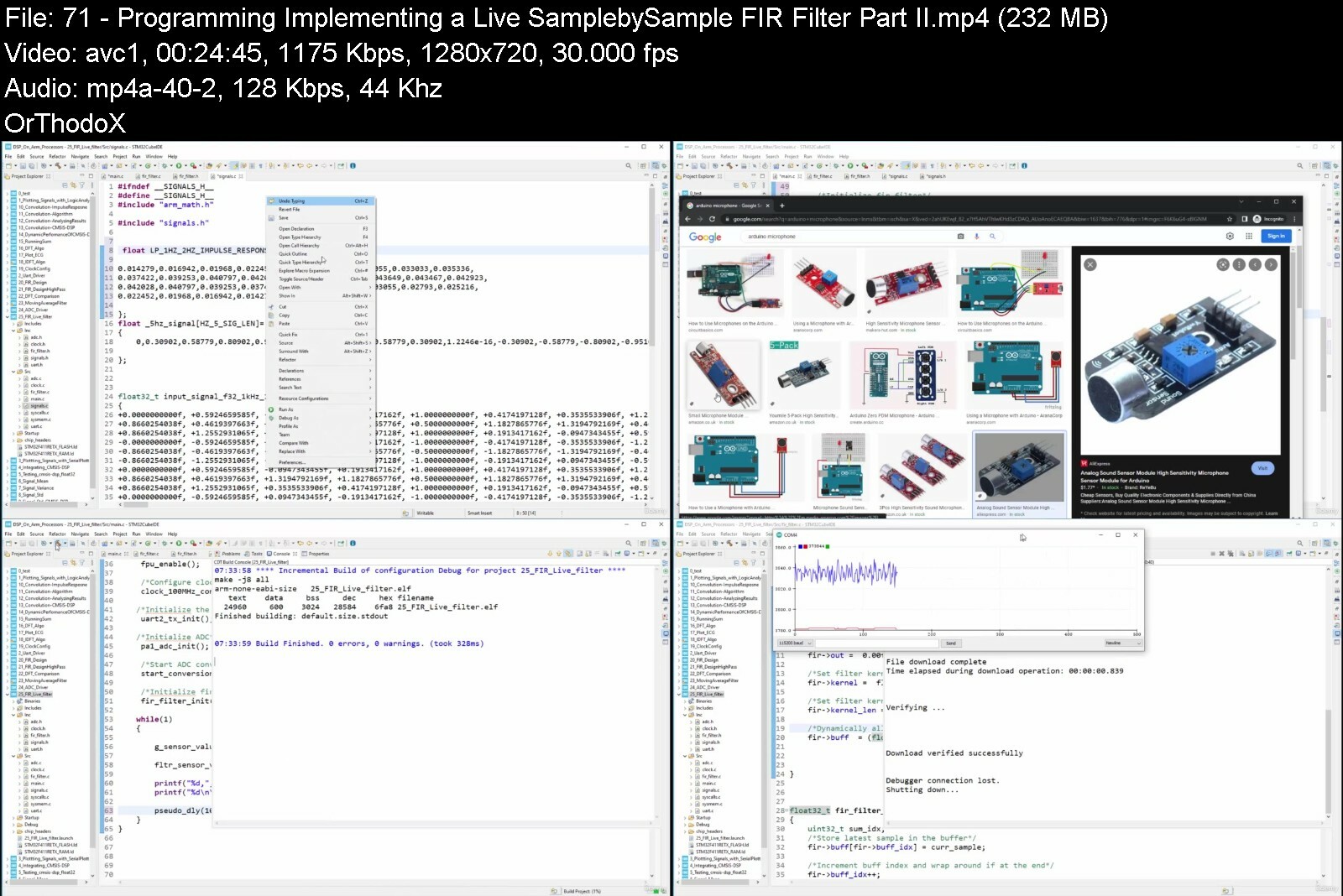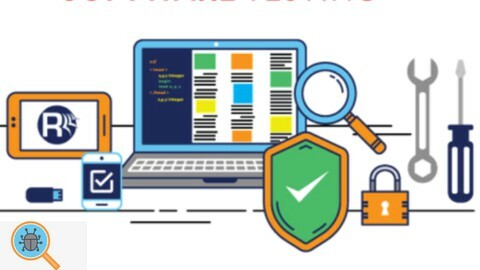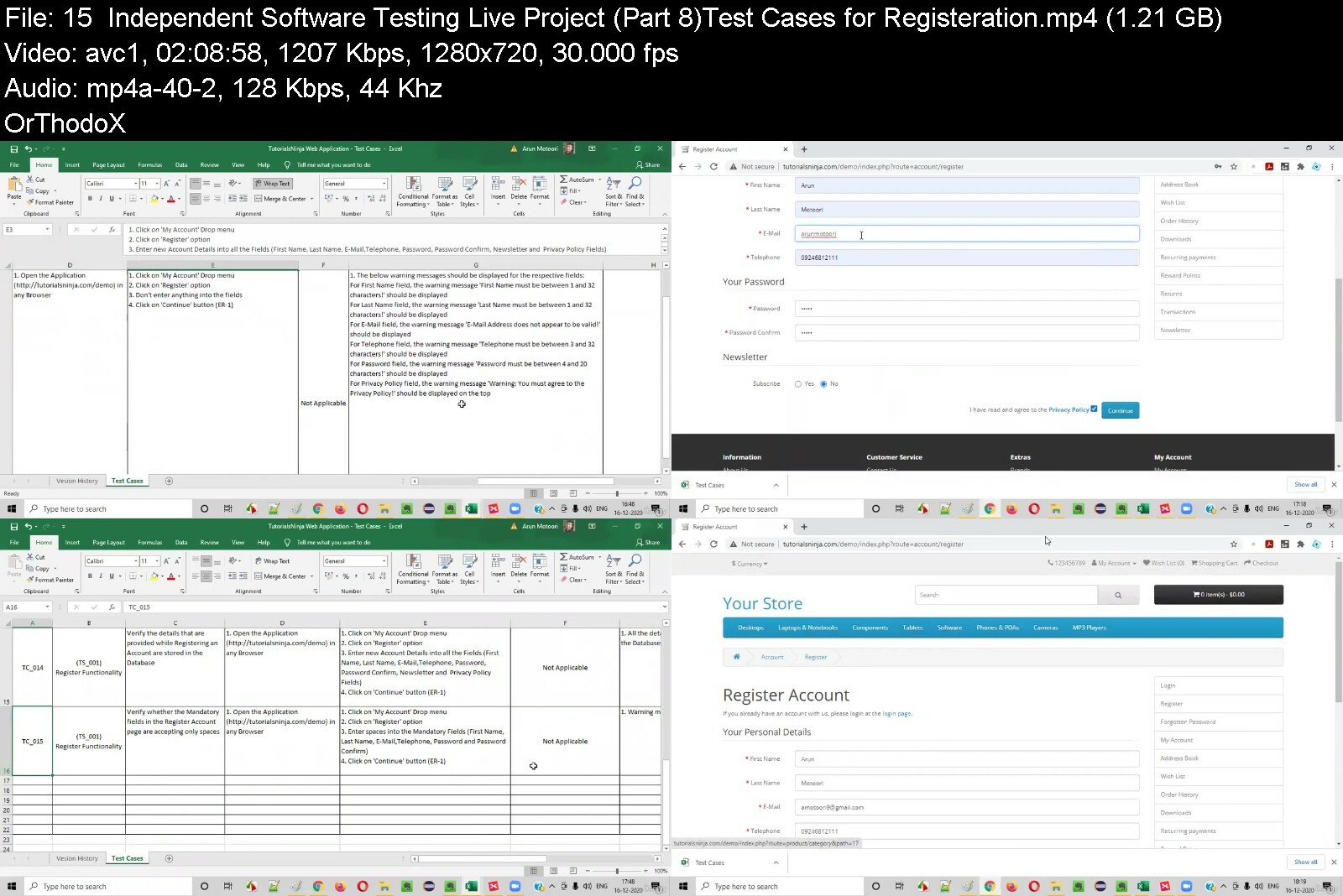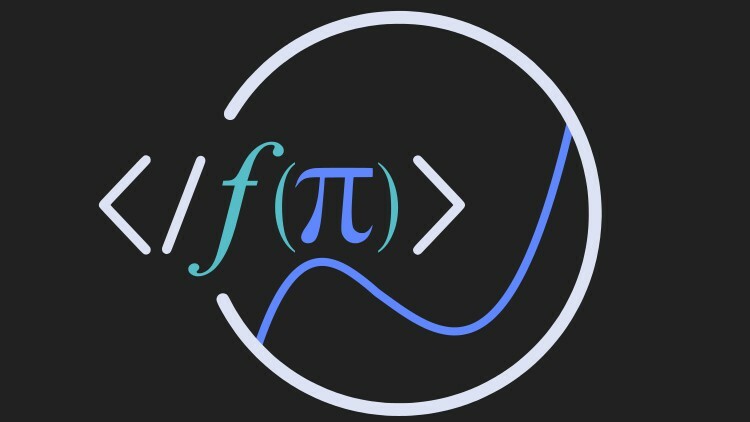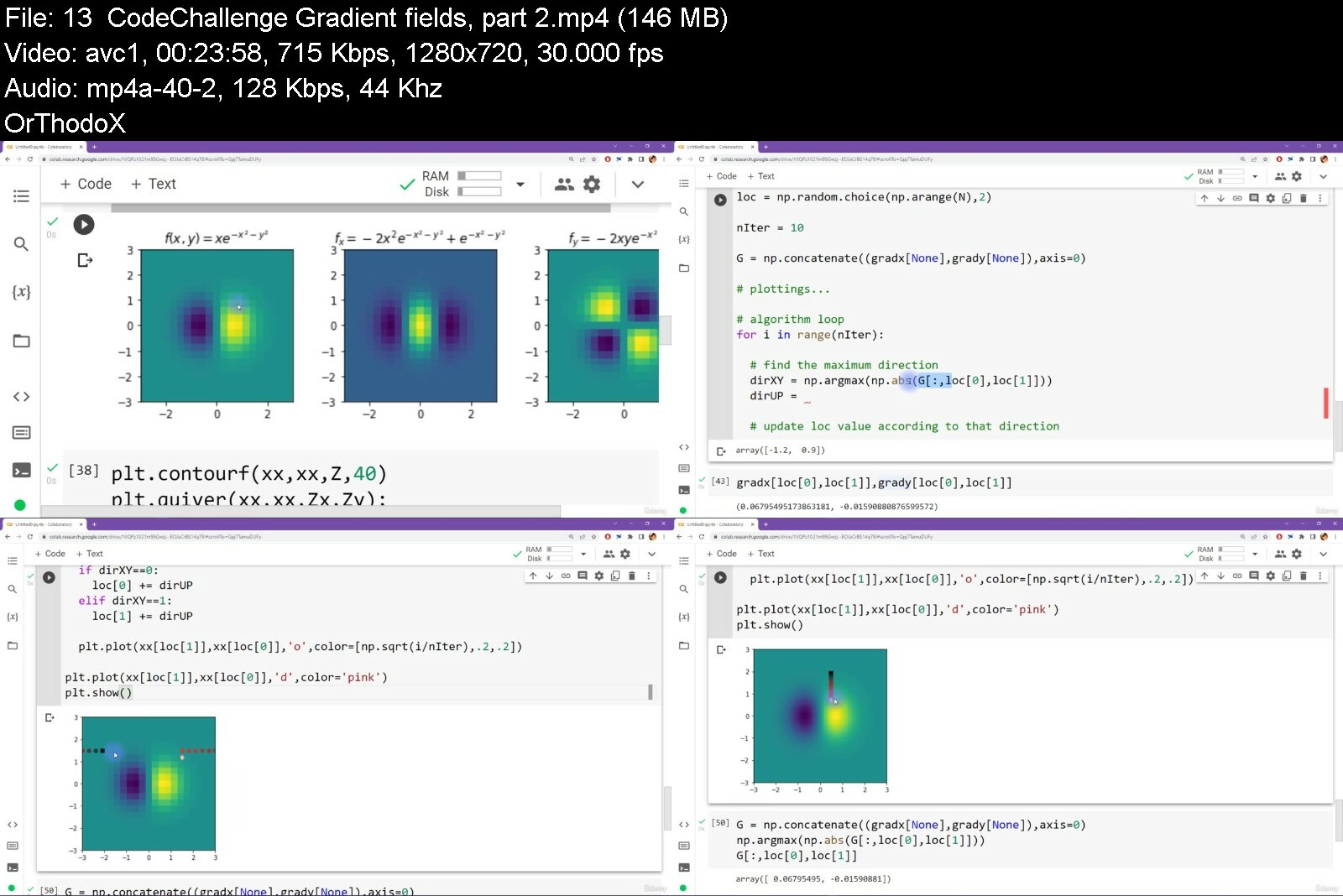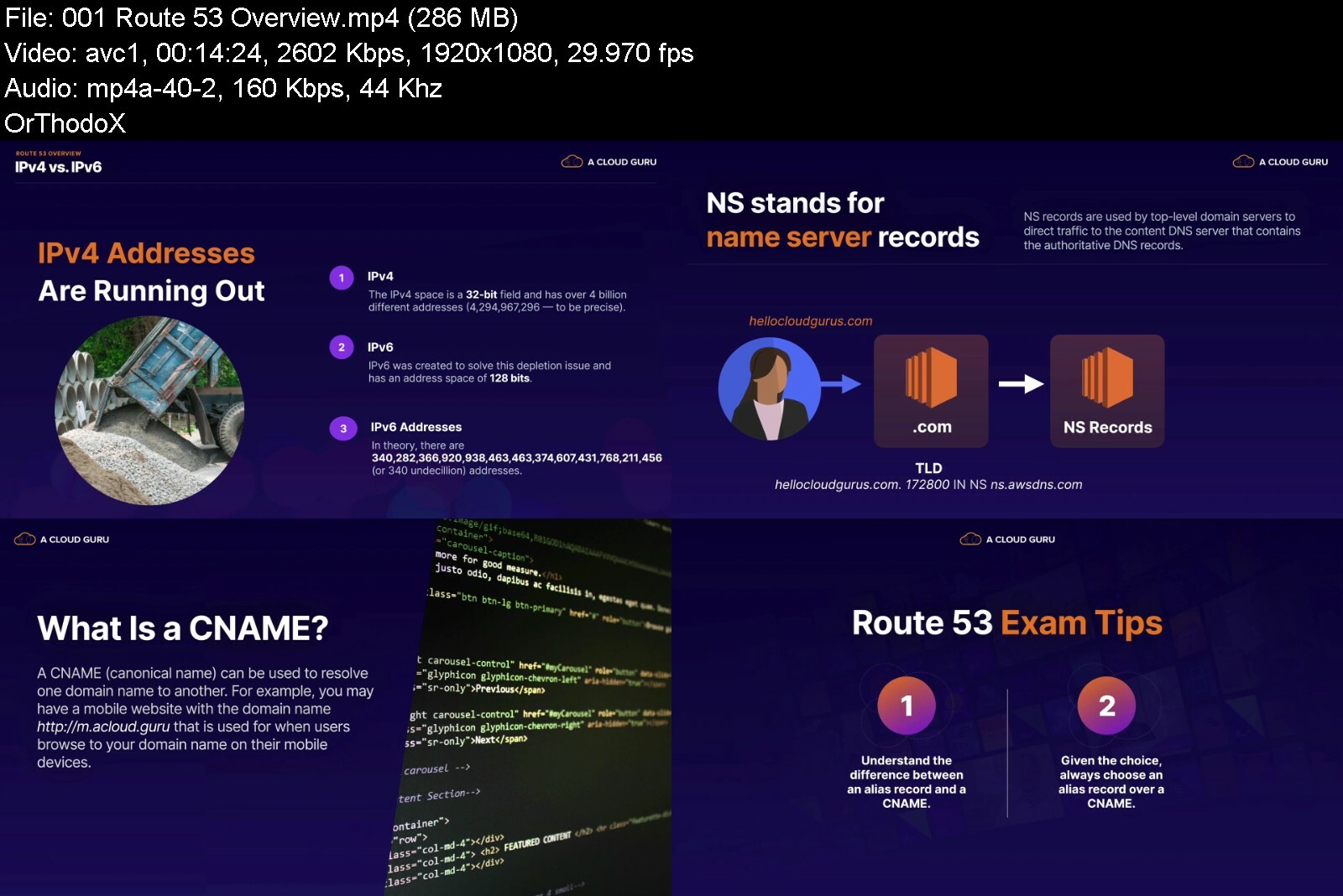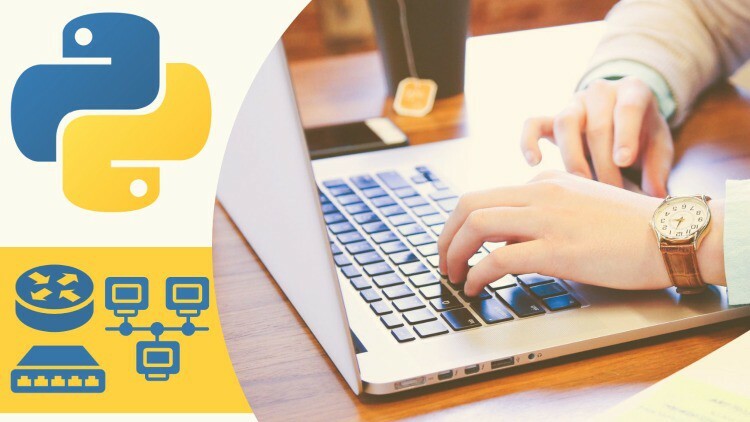
Python Learning for Network Engineers Automation Masterclass
Last updated 7/2023
Created by Shibi Dev
MP4 | Video: h264, 1280x720 | Audio: AAC, 44.1 KHz, 2 Ch
Genre: eLearning | Language: English + srt | Duration: 205 Lectures ( 28h 2m ) | Size: 10.1 GB
100% Hands-on Python training session with real time Network Automation usecases (SSH, NETCONF, RESTCONF& API examples)
What you'll learn
Master Python Network Automation concepts from scratch. No prior coding experience is needed
Learn about Paramiko, Netmiko, NAPALM, Nornir, NETCONF, RESTCONF, YANG Models, Ncclient,API Requests, IPAddress libraries in python for Network automation
Acclerate your career to become the future-ready Network Automation Engineer
Learn to automate SSH, NETCONF, RESTCONF and API device interactions using Python
Learn to automate day to day Network Device configuration tasks and solve realtime Networking Automation usecases in more practical way
Learn to setup Ubuntu OS and PyCharm for your Network Automation Journey
Learn to do the Network Sniffing anf Packet capture using Python
Learn to prase device configuration using RegularExpression
Learn about SSH Keybased Authentication
Learn all the Python3 core concepts from Network context
Learn to use Jinja2 templates and textfsm in your scripts
Learn to use functions and Classes in Python for Network Automation
Learn about scheduling the task execution and logging the script execution results
Create and use CSV, YAML, JSON, XML files in your Python Automation scripts and device configurations
Requirements
No prior Python knowledge is required. You will learn everything you need to know
Need knowledge on basic Networking concepts (What is SSH, Basic Interface Configurations in Router and Switches)
Basics of Routing Protocols (static routes and dynamic routes) and Switching Protocols (vlans and vtp) configuration knowledge
Through out the session we will be using Linux Ubuntu OS (in Virtual box or VMWare Player)
Understanding on setting up Cisco images in: GNS3 or EVE-NG
Softwares used: Ubuntu OS, Python3, PyCharm, GNS3 or EVE-NG
Description
Learn Network Automation skills from scratch to an advanced level. For attending this course you don't need any prior coding experience.You will be learning all the required Python concepts in a practical way with Networking ExamplesThis will help you to get into the exciting world of most trending technology and raise your earning potential.This course is designed for Network Engineers with less or no coding experience.Throughout the session, we will be using Linux OS(preferably Ubuntu) for running Python scripts.The IDE is PyCharm and Cisco devices will be used for demonstrating most of the device interactions. (vIOS, IOS-XE, NXOS etc)The course will be starting with SSH fundamentals Initially, Course will take you through Paramiko, Netmiko, NAPALM and Nornir Libraries' fundamentalsParamiko invoke_shell and exec_command methodsMethods supported in Netmiko for device interactionsHow to do Configuration parsing using Regular Expressions over SSHHow to enable logging in the script with a log file or event email triggersHow to schedule the Script execution without keeping the terminal openedHow to do IP address and subnet validations using PythonHow to do multithreading for parallel execution on multiple devicesRead and write contents to a text file, JSON, YAML, and XMLManage device inventories or config details in CSV filesRead the configuration data from CSV, YAML, JSON, or text filesHow to use textfsm templateHow to use Jinja2 templates for creating multiline configuration templates with loops or conditionsHow to use NAPALM for multivendor supportHow to use getters in NAPALMHow to use config merge, config compare, config replace and config rollback in NAPALMcreateWhat is Nornir FrameworkHow to create an inventory file in NornirHow to create tasks in NornirWhat are plugins in NornirNETCONF/YANG Data models with real-time examplesNetconf Automation using Python NcclientRESTCONF API Automation using RequestsRaspberry Pi Mocropython Network Monitoring and Automation examplesCourse Update log (Latest Topics):June 2023: Raspberry Pi Micro PythonMay 2023: Command Line Arguments using ArgparseApril 2023:VMWare ESXi CLI automation using PythonPython Fundamentals Covered:Strings and String MethodsBytes and UnicodeException handlingstdin, stdout, stderr in PythonFile OperationsConfig HTML Comparison using PythonRegex FundamentalsFor loopWhile loopif, else, elifFunctions and ModulesObject Oriented Programming: Classes BasicsMultithreadinglists, dictionaries, and its methodssets, tuples Pycharm debug ExampleMutable vs ImmutabledatetimescheduleLoggingEnumerateTabulateI temgettesList comprehensioncopy and deep copysubprocessJSONXMLYAMLMocropython for beginners
Who this course is for
Network Engineers, Network Administrators, Network Operators
Network Architects
System Administrators, System Engineers
DevOps Engineers
Cisco Certified Professionals
CCNA, CCNP, CCIE Professionals
All the Python Network Automation enthusiast
Python developer who want to understand Networking Libraries
Network Analyst
Code:
http://anonymz.com/?https://www.udemy.com/course/python-for-network-engineers/
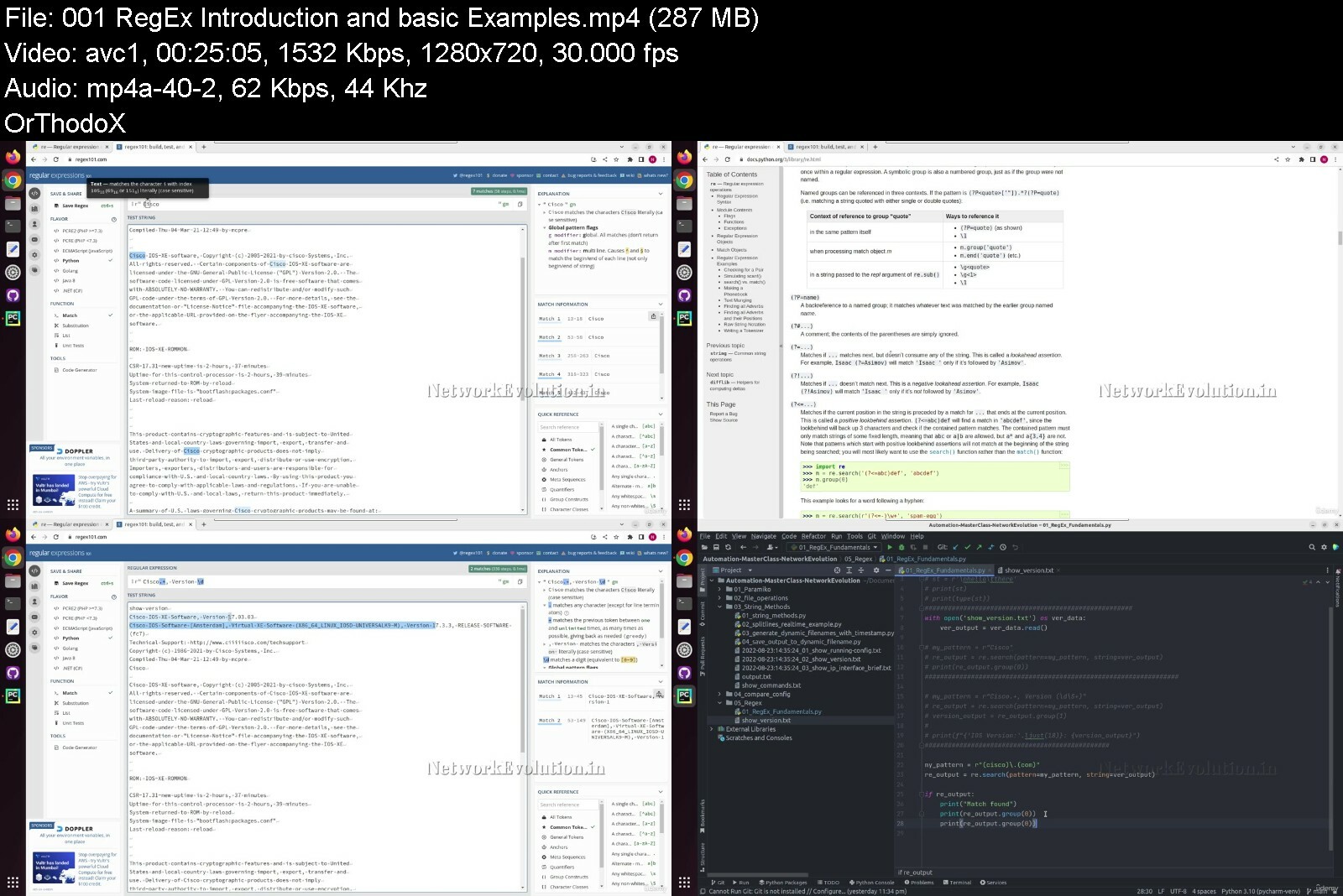
Code:
https://rapidgator.net/file/523e59745eb80ad79adcf700482b1418/Python_Learning_for_Network_Engineers_Automation_Masterclass.part1.rar
https://rapidgator.net/file/0a5da31bc9c2016b7b50b69d6a8f8ae2/Python_Learning_for_Network_Engineers_Automation_Masterclass.part2.rar
https://rapidgator.net/file/5e76a7b372880e0ee5f1b2b1ef703ee0/Python_Learning_for_Network_Engineers_Automation_Masterclass.part3.rar
Code:
https://nitroflare.com/view/3144E08FD1FEC75/Python_Learning_for_Network_Engineers_Automation_Masterclass.part1.rar
https://nitroflare.com/view/C6A75490DB8EB3D/Python_Learning_for_Network_Engineers_Automation_Masterclass.part2.rar
https://nitroflare.com/view/000545F3265C48F/Python_Learning_for_Network_Engineers_Automation_Masterclass.part3.rar

 Our Live Cams
Our Live Cams


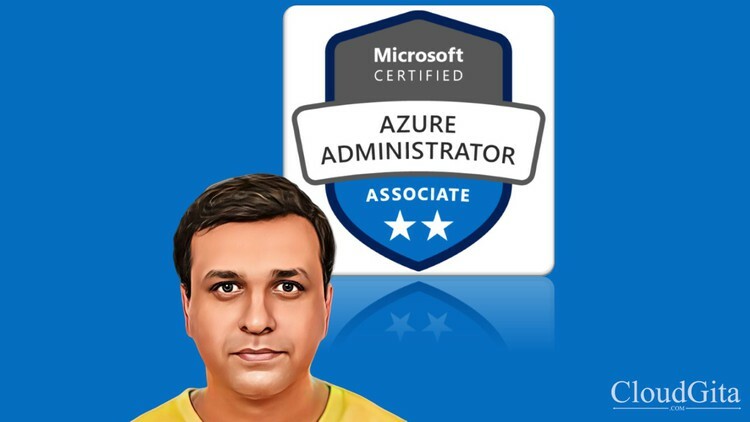
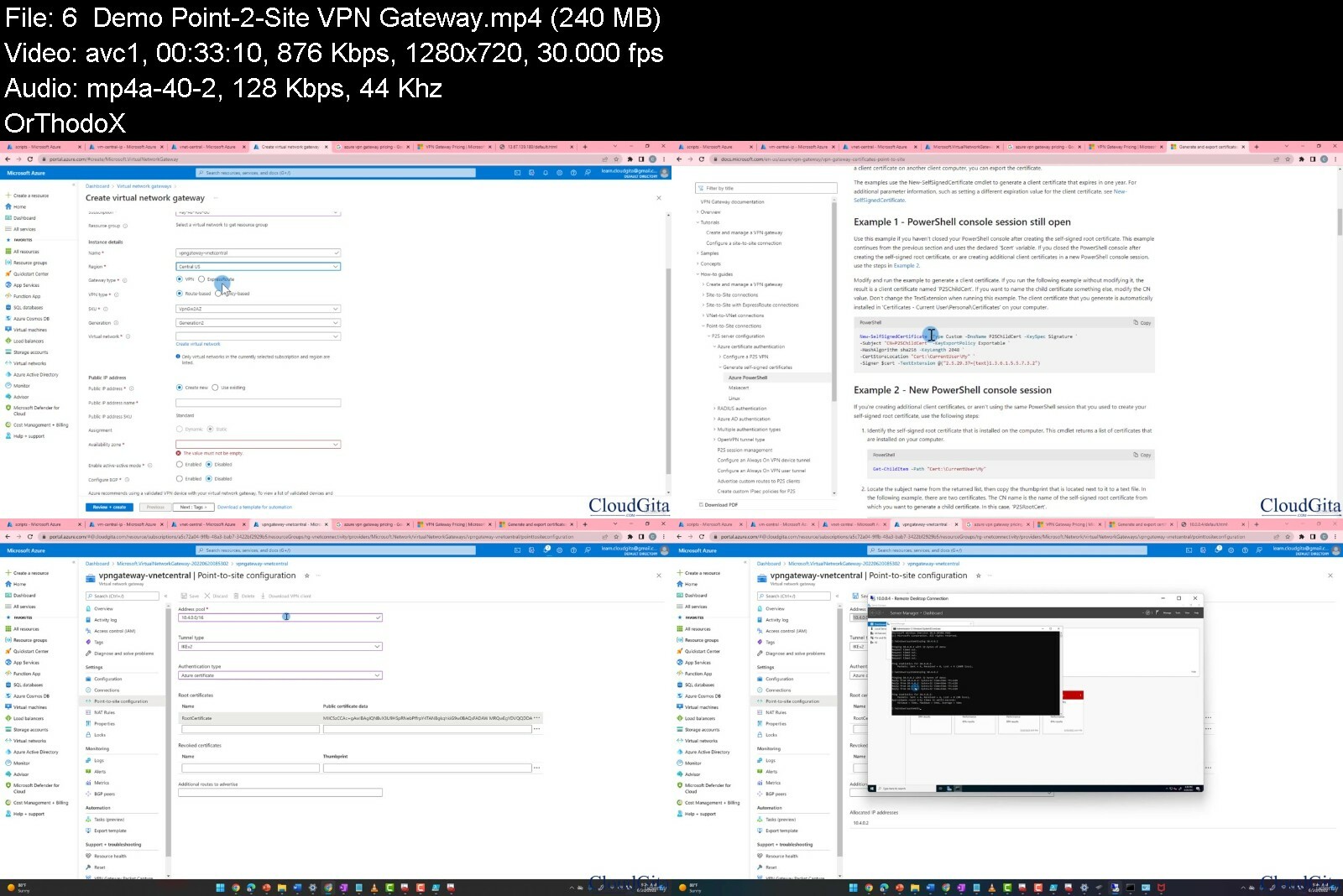

 Reply With Quote
Reply With Quote